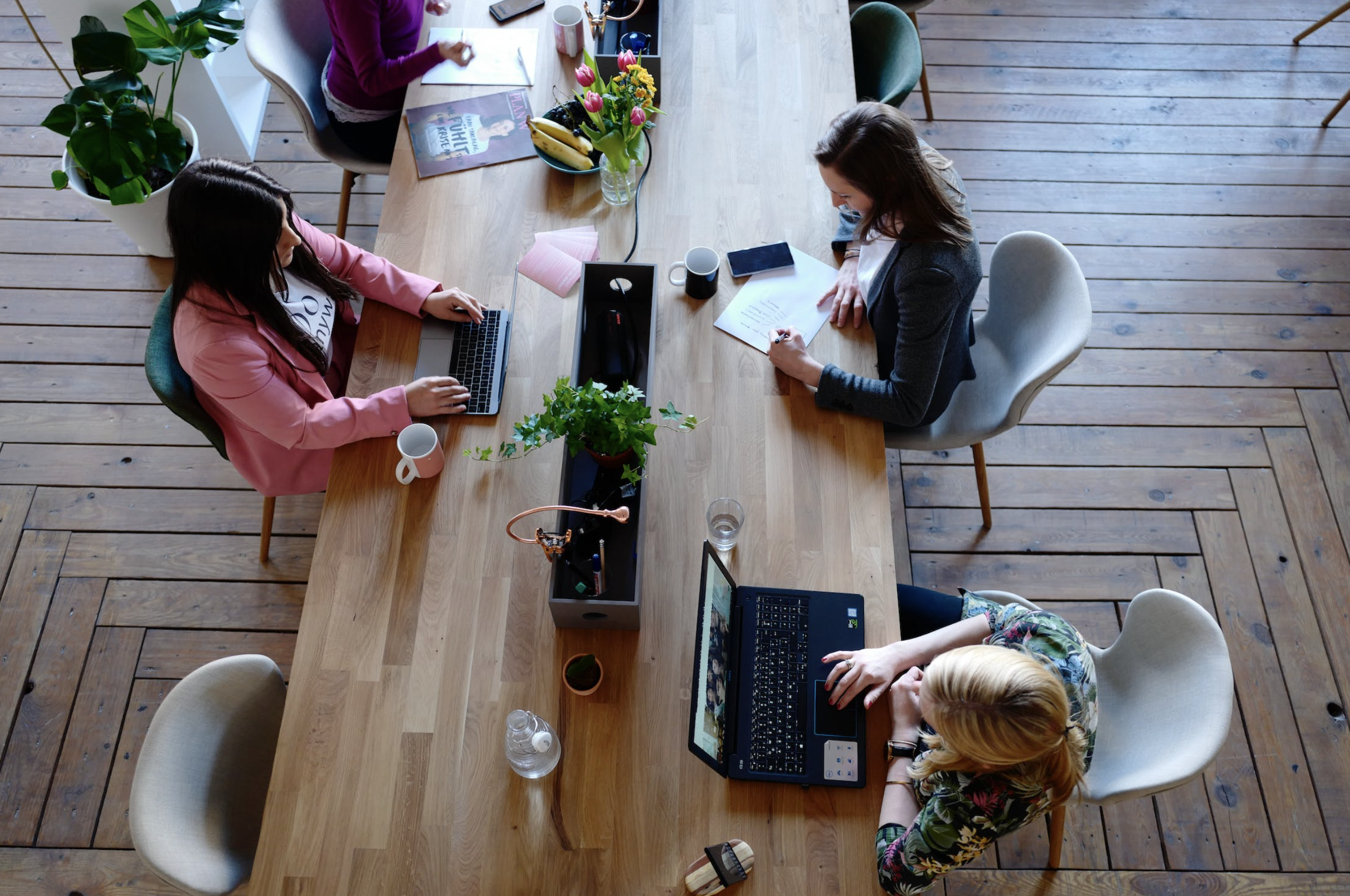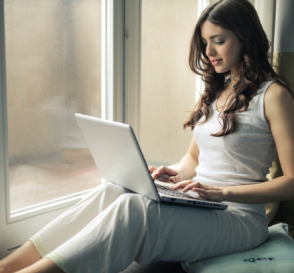The traditional office layout is one that has been in place for decades. Over the past 5 years, there has been a huge shift in how we work, which means this layout has fast become outdated. Businesses operate differently now, driven mainly by the work from home movement sparked by the pandemic. With this, many are looking to redesign their office.
Many employees now require and seek a more flexible approach to work arrangements, which means that businesses are having to adapt to this change. Workplace design is needed to accommodate the fast-paced changes and continually evolving needs in line with today’s modern workforce. This is simply because the office is no longer simply a workplace.
The latest trends in workplace design aim to blend both functionality and modernisation. This has been shown in many office redesigns to improve employee productivity and engagement levels. Not only does good office design influence the way employees see a business, it can also help streamline numerous different business processes.
Having an ineffective office layout design and layout can, and will, negatively impact employee performance and productivity and the revenue of your business. In order to better understand office design and the importance this can have on your business, let’s take a look at 3 advantages a redesigned office can bring.
Improve Your Employee Recruitment and Retention Rates
In recent years, there has been a high level of demand which has outstripped the supply of employees and applicants. This is just one of the reasons why it is important for employers to have a better understanding of their team’s expectations and needs. It is only through having this understanding that employers can ensure that the spaces within the workplace meet these expectations, further support collaboration and productivity in the office and across teams and makes being present in the office more enticing to employees who may work remotely
In order to stay ahead of the trend, some employers and businesses are using modern and intuitive workplace designs to help retain their workforce and recruit the best talent. This is because these employers know and understand the impact and importance that physical surroundings can have on their employee’s mood, productivity and focus. It’s also known that both the design and structure of the workplace can have an effect on the effectiveness of employees and make them feel more valued.
It’s been found that employees are more likely to remain in a workplace if they are comfortable with both the layout and ergonomics of the office space. When it comes to attracting new employees and retaining your best talent, your office design, layout and functionality can play a huge role in employee satisfaction.
Secure A Future-Proof Workspace
The traditional office layout was designed to be permanent and immovable, with little to no flexibility. However, many modern businesses are moving toward a more flexible layout and design in order to accommodate this new hybrid way of working. With some employees working remotely, others switching between home and the office and some working solely from the office, businesses now need to take all of these ways of working into consideration.
With the post-pandemic era causing a more widespread adoption of these ways of working, this can have an impact on working styles. Some employees who are returning full time to the office need to have an improved working experience and environment.
It’s important to have an office design which is flexible and enables collaboration and communication between employees, but also allows them to find a quiet spot to work if required. This is why it is important to secure a future-proof workspace, as you need to preempt further changes to the way your employees work in the foreseeable future. Spaces which can adapt and accommodate different working styles are highly recommended as, even if not always utilised to their full potential now, you may find that this changes in a year or two. This approach not only helps to cut costs but can maximise your office footprint by responding to both current and future needs.
Advancements in digital technologies and the instability of the global economy have, in some ways, made it difficult to predict which exact job trends or functions businesses may need in the future. By implementing a good office design – one which incorporates the future needs of your business – can effectively and efficiently utilise your business real estate to support your employees, creativity and flexibility.
Appeal To Younger Generations
The future of your business lies in the hands of the younger generations, which is why it’s important to ensure your office design appeals to these generations. With the rise in flexible and remote working, many business owners believe that instead of investing in better and more collaborative spaces, they need to downsize.
This is very rarely the case. In fact, younger generations, such as millennials and Gen Z, will be more inclined to accept job offers or choose in office working environments if the workspace appeals to them. Although it is true that some prefer to work remotely, employees in this age range actually tend to prefer collaboration opportunities and interaction with their peers and colleagues.
For employees who thrive within team-based environments, having a physical workspace where others simply remain isolated in separate rooms on Zoom calls or too sparsely spread out will only fall short of meeting their preferences and working ideals. If you are considering an office redesign, then looking at the mean age of your employees can help you formulate a more effective plan. A good office fit out will, in time, make it easier for businesses to integrate new tech which can further support hybrid and flexible working, but also provide spaces which strengthen collaborations between employees and team.
Younger employees will only thrive in collaborative and social environments. When happy with their working environment, employees will be more productive and this is only positive for your business. Blended workspaces which offer a mixture of spaces, including open and private spaces, a mixture of seating spaces and areas, breakout areas, meeting rooms and team common areas all help to create a more integrated and dynamic workplace.
You will also want to consider incorporating trends which are long-lasting, but will appeal to your teams. Things such as modern and neutral spaces, ergonomic and supportive furniture, plenty of natural lighting and touches of the outdoors will all likely be well received. You can then complement these further with things such as functional kitchen and common spaces, outdoor breakout and seating areas and finishing touches such as nice toiletries in the bathrooms, stocked vending machines or free snacks and an array of beverages for employees to enjoy during their working day.





